Home>Renovation & DIY>Home Renovation Guides>How To Remove Mold From Crawl Space Joists
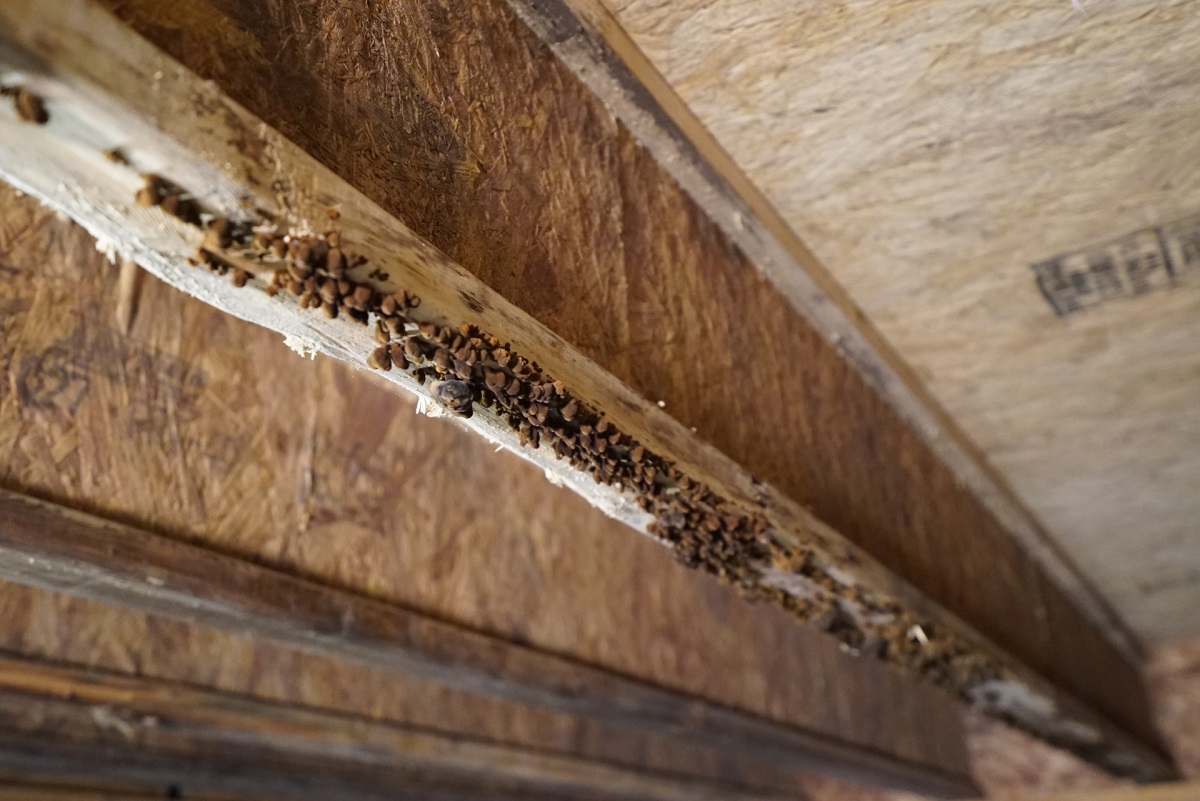

Home Renovation Guides
How To Remove Mold From Crawl Space Joists
Modified: April 1, 2024
Learn effective methods for removing mold from crawl space joists in this comprehensive home renovation guide. Protect your home and family from mold with these expert tips.
(Many of the links in this article redirect to a specific reviewed product. Your purchase of these products through affiliate links helps to generate commission for Storables.com, at no extra cost. Learn more)
Introduction
Mold growth in crawl space joists can be a common and concerning issue for homeowners. The presence of mold not only affects the structural integrity of the home but also poses potential health risks to the occupants. Therefore, it is crucial to address this problem promptly and effectively.
In this comprehensive guide, we will explore the causes of mold in crawl space joists, safety precautions to consider before removing mold, the essential tools and materials needed for the task, and a step-by-step guide to effectively remove mold from crawl space joists. Additionally, we will discuss preventive measures to inhibit future mold growth in crawl space joists.
By understanding the root causes of mold growth and implementing the appropriate removal and prevention techniques, homeowners can safeguard their homes and create a healthier living environment for their families. Let's delve into the details of how to tackle mold in crawl space joists and ensure a safe and mold-free home environment.
Key Takeaways:
- Mold in crawl space joists can be caused by excess moisture, poor ventilation, and leaking pipes. Preventive measures like moisture control and improved ventilation can help keep homes mold-free.
- Before removing mold, prioritize safety with protective gear, containment, ventilation, and proper disposal. Following a step-by-step guide and implementing preventive measures can ensure a mold-free environment.
Read more: How To Replace Joists In Crawl Space
Understanding the Causes of Mold in Crawl Space Joists
Mold growth in crawl space joists can be attributed to various factors, all of which create an environment conducive to mold development. Understanding these causes is essential for effectively addressing the issue and preventing its recurrence.
-
Excess Moisture: Crawl spaces are prone to high humidity levels, especially in areas with poor ventilation or inadequate moisture control. When moisture accumulates in the crawl space, it creates an ideal breeding ground for mold. Common sources of excess moisture include water seepage from the ground, plumbing leaks, or inadequate vapor barriers.
-
Poor Ventilation: Inadequate airflow within the crawl space can exacerbate moisture buildup, leading to stagnant, humid conditions that promote mold growth. Without proper ventilation, moisture becomes trapped, creating an environment where mold spores can thrive.
-
Leaking Pipes or HVAC Systems: Any leaks in plumbing or HVAC systems located in the crawl space can introduce moisture, providing the necessary conditions for mold to flourish. Even minor leaks can contribute to significant mold growth over time.
-
Inadequate Insulation: Insufficient insulation in the crawl space can lead to temperature differentials between the interior and exterior surfaces, resulting in condensation. This moisture buildup can foster mold growth on the joists and other structural elements.
-
Poor Drainage: If the crawl space is not adequately graded or lacks proper drainage, water may accumulate during heavy rainfall or flooding, creating a damp environment that encourages mold proliferation.
By recognizing these underlying causes of mold growth in crawl space joists, homeowners can take proactive measures to address these issues and prevent future mold infestations. Implementing effective moisture control, improving ventilation, and promptly addressing any leaks or drainage issues are crucial steps in mitigating the conditions that foster mold growth.
Safety Precautions Before Removing Mold
Before embarking on the task of removing mold from crawl space joists, it is imperative to prioritize safety precautions to safeguard both the individuals performing the removal and the occupants of the home. Mold removal can release mold spores into the air, which, if inhaled, can pose health risks. Therefore, adhering to the following safety measures is crucial to minimize exposure and ensure a safe and effective mold removal process.
1. Personal Protective Equipment (PPE)
Wearing appropriate personal protective equipment is essential to minimize exposure to mold spores and prevent skin contact with mold-infested surfaces. PPE for mold removal typically includes disposable coveralls, gloves, protective eyewear, and a respirator or mask equipped with a high-efficiency particulate air (HEPA) filter. These items create a barrier between the individual and the mold, reducing the risk of inhalation or skin contact.
2. Containment and Isolation
Before initiating the mold removal process, it is important to contain the affected area to prevent the spread of mold spores to other parts of the home. This can be achieved by sealing off the crawl space and using plastic sheeting to isolate the work area. Additionally, sealing off HVAC vents and ducts connected to the crawl space can prevent the dispersal of mold spores throughout the home's ventilation system.
Read more: How To Remove Raccoons From A Crawl Space
3. Ventilation
While containment is crucial, ensuring adequate ventilation in the work area is equally important. Proper ventilation helps disperse airborne mold spores and reduces the concentration of mold particles in the air. Utilizing fans and opening windows can facilitate air circulation, helping to minimize the inhalation of mold spores during the removal process.
4. Moisture Control
Before initiating mold removal, it is essential to address the underlying moisture issues in the crawl space to prevent future mold growth. Repairing any leaks, improving drainage, and implementing moisture control measures will help create a drier environment, inhibiting the recurrence of mold infestations.
5. Safe Disposal
Proper disposal of mold-infested materials is critical to prevent the spread of mold spores. Bagging and sealing mold-contaminated materials before removal from the crawl space is essential. Additionally, following local regulations for the disposal of mold-infested materials is imperative to ensure compliance with environmental and health standards.
By prioritizing these safety precautions before removing mold from crawl space joists, homeowners can mitigate health risks and ensure a safe and effective mold removal process. Implementing these measures not only protects the individuals involved in the removal but also contributes to creating a healthier living environment for the home's occupants.
Tools and Materials Needed for Mold Removal
When undertaking the task of removing mold from crawl space joists, having the appropriate tools and materials is essential to ensure a thorough and effective remediation process. Equipping oneself with the right resources not only facilitates the removal of mold but also contributes to maintaining a safe and controlled work environment. Here are the essential tools and materials needed for mold removal from crawl space joists:
Read more: How To Remove Mold From Furniture Fabric
Tools:
-
Protective Gear: Prioritize personal protective equipment (PPE) including disposable coveralls, gloves, protective eyewear, and a respirator or mask with a HEPA filter to minimize exposure to mold spores and prevent skin contact with mold-infested surfaces.
-
Flashlight: A reliable flashlight is indispensable for illuminating the crawl space, enabling clear visibility to identify mold growth and assess the extent of infestation.
-
Scrubbing Brushes and Scrapers: Stiff-bristled brushes and scrapers are essential for physically removing mold from the joists. Opt for brushes with long handles to facilitate reaching confined spaces within the crawl space.
-
HEPA Vacuum: A vacuum equipped with a HEPA filter is crucial for capturing and containing mold spores during the cleaning process. It effectively removes loose mold spores and debris from surfaces and the air, minimizing the risk of recontamination.
-
Spray Bottle or Garden Sprayer: Utilize a spray bottle or garden sprayer to apply cleaning solutions to the affected areas. This facilitates the even distribution of cleaning agents and helps in loosening and removing mold from surfaces.
-
Duct Tape and Plastic Sheeting: These materials are essential for creating a containment area within the crawl space. Use duct tape to seal off the work area, and use plastic sheeting to isolate the space and prevent the spread of mold spores.
-
Utility Knife: A sharp utility knife is useful for cutting and removing mold-infested materials such as insulation or vapor barriers, facilitating access to affected areas for thorough cleaning.
Materials:
-
Mold Cleaner or Biocide: Select a mold cleaner or biocide approved for crawl space use. Ensure the product is safe for the specific materials in the crawl space and effectively eliminates mold and mildew.
-
Disposable Rags and Towels: Stock up on disposable rags and towels for cleaning and drying surfaces within the crawl space. Discard these materials after use to prevent the spread of mold spores.
-
Plastic Bags: Use heavy-duty plastic bags for the disposal of mold-infested materials. Seal the bags securely to contain mold spores and prevent cross-contamination during removal.
-
Protective Coverings: Consider using protective coverings such as plastic tarps to shield any items or surfaces in the vicinity of the work area, minimizing the risk of contamination.
By ensuring the availability of these tools and materials, homeowners can effectively prepare for the mold removal process and execute the remediation with thoroughness and safety in mind. Properly equipping oneself with these resources is a crucial step towards achieving a successful mold removal outcome and restoring a mold-free environment in the crawl space.
Step-by-Step Guide to Removing Mold from Crawl Space Joists
Removing mold from crawl space joists requires a systematic approach to ensure thorough remediation and prevent the recurrence of mold growth. By following this step-by-step guide, homeowners can effectively address the mold infestation and restore a clean and healthy environment in the crawl space.
1. Preparation and Safety Measures
Before entering the crawl space, don appropriate personal protective equipment (PPE) including coveralls, gloves, protective eyewear, and a respirator with a HEPA filter. Seal off the work area using plastic sheeting and duct tape to prevent the spread of mold spores. Ensure adequate ventilation by using fans and opening windows to minimize airborne mold particles.
Read more: How To Support Floor Joists In A Crawl Space
2. Assessment and Identification
Utilize a reliable flashlight to inspect the crawl space and identify areas of mold growth on the joists. Assess the extent of the infestation and determine the scope of the remediation process. Take note of any moisture sources or leaks contributing to the mold growth for subsequent repairs.
3. Mold Removal and Cleaning
Using stiff-bristled brushes and scrapers, physically remove the mold from the joists, working methodically to cover all affected areas. Employ a HEPA vacuum to capture loose mold spores and debris, effectively containing the contamination. Apply a mold cleaner or biocide to the cleaned surfaces as per the product instructions, ensuring thorough coverage.
4. Disposal of Contaminated Materials
Bag and seal mold-infested materials, such as insulation or vapor barriers, in heavy-duty plastic bags for safe disposal. Handle these materials with care to prevent the release of mold spores. Adhere to local regulations for the proper disposal of mold-contaminated materials to ensure compliance with environmental standards.
5. Post-Remediation Inspection
After completing the mold removal process, conduct a comprehensive inspection of the crawl space to verify the effectiveness of the remediation. Ensure that all visible mold has been removed, and the surfaces are clean and dry. Address any remaining moisture issues or leaks to prevent future mold growth.
Read more: What Does Mold In A Crawl Space Look Like
6. Preventive Measures
Implement preventive measures to inhibit future mold growth, such as improving ventilation, addressing moisture sources, and installing a vapor barrier if necessary. Regularly monitor the crawl space for signs of moisture or mold and promptly address any issues to maintain a mold-free environment.
By following this step-by-step guide, homeowners can confidently tackle mold infestations in crawl space joists, ensuring a thorough and effective remediation process. Prioritizing safety, meticulous cleaning, and preventive measures are key to achieving a mold-free and healthy crawl space environment.
Preventing Future Mold Growth in Crawl Space Joists
Preventing future mold growth in crawl space joists is essential to maintain a healthy and mold-free environment within the home. After completing the mold removal process, implementing proactive measures to inhibit the recurrence of mold infestations is crucial. By addressing underlying moisture issues, improving ventilation, and maintaining a controlled environment, homeowners can effectively prevent future mold growth in the crawl space.
1. Moisture Control and Management
Addressing moisture sources and implementing effective moisture control measures is paramount in preventing future mold growth. Repair any plumbing leaks, insulate pipes to prevent condensation, and ensure proper drainage to minimize moisture accumulation in the crawl space. Installing a sump pump or dehumidifier can help regulate moisture levels, creating a drier environment that is inhospitable to mold.
2. Improved Ventilation
Enhancing ventilation within the crawl space is instrumental in reducing humidity and preventing stagnant air, which can contribute to mold growth. Consider installing vent fans or a mechanical ventilation system to promote air circulation and mitigate moisture buildup. Additionally, ensuring that air vents and access points remain unobstructed facilitates the flow of fresh air, aiding in moisture control and mold prevention.
Read more: How To Remove Mold From Pillows
3. Vapor Barrier Installation
In areas prone to high humidity, installing a vapor barrier on the crawl space floor and walls can effectively minimize moisture intrusion and condensation. A properly installed vapor barrier acts as a protective barrier, preventing moisture from seeping into the crawl space and creating conditions conducive to mold growth. Select a durable and moisture-resistant vapor barrier material to ensure long-term effectiveness.
4. Regular Inspections and Maintenance
Regularly inspecting the crawl space for signs of moisture, leaks, or mold growth is essential for early detection and prompt intervention. Schedule routine maintenance to check for plumbing leaks, ensure proper drainage, and monitor the effectiveness of moisture control measures. Timely repairs and proactive maintenance contribute to a proactive approach in preventing conditions that foster mold infestations.
5. Professional Consultation
Seeking professional guidance and consultation from mold remediation experts or home inspectors can provide valuable insights into optimizing the crawl space environment to prevent mold growth. Professionals can assess the crawl space conditions, recommend tailored moisture control solutions, and provide guidance on maintaining a mold-resistant environment.
By implementing these preventive measures, homeowners can effectively safeguard their crawl space against future mold growth, creating a healthier and mold-free living environment. Proactive maintenance, moisture control, and ventilation improvements are integral components of a comprehensive strategy to prevent mold infestations and maintain the structural integrity of the home.
Conclusion
In conclusion, addressing mold growth in crawl space joists is a critical aspect of maintaining a healthy and structurally sound home environment. By understanding the underlying causes of mold infestations, prioritizing safety precautions, and employing effective removal techniques, homeowners can mitigate the risks associated with mold and create a safer living space for their families.
The comprehensive understanding of the factors contributing to mold growth, such as excess moisture, poor ventilation, and inadequate insulation, empowers homeowners to take proactive measures in preventing and addressing mold infestations. By addressing these root causes and implementing moisture control and ventilation improvements, homeowners can significantly reduce the risk of mold proliferation in their crawl spaces.
Furthermore, the meticulous approach to mold removal, including thorough cleaning, safe disposal of contaminated materials, and post-remediation inspections, ensures that the crawl space is effectively remediated. This systematic approach not only eliminates existing mold but also minimizes the likelihood of future infestations, contributing to a healthier indoor environment.
The preventive measures discussed, such as moisture control, improved ventilation, and regular maintenance, are instrumental in inhibiting future mold growth. By proactively addressing moisture sources, installing vapor barriers, and conducting routine inspections, homeowners can create an inhospitable environment for mold, thereby safeguarding their homes against potential structural damage and health hazards associated with mold exposure.
In essence, by integrating the knowledge and techniques outlined in this guide, homeowners can effectively combat mold growth in crawl space joists, ensuring a mold-free and healthy living environment. Prioritizing safety, proactive maintenance, and continuous vigilance are key components of a comprehensive strategy to prevent and address mold infestations, ultimately contributing to the well-being of both the home and its occupants.
Frequently Asked Questions about How To Remove Mold From Crawl Space Joists
Was this page helpful?
At Storables.com, we guarantee accurate and reliable information. Our content, validated by Expert Board Contributors, is crafted following stringent Editorial Policies. We're committed to providing you with well-researched, expert-backed insights for all your informational needs.
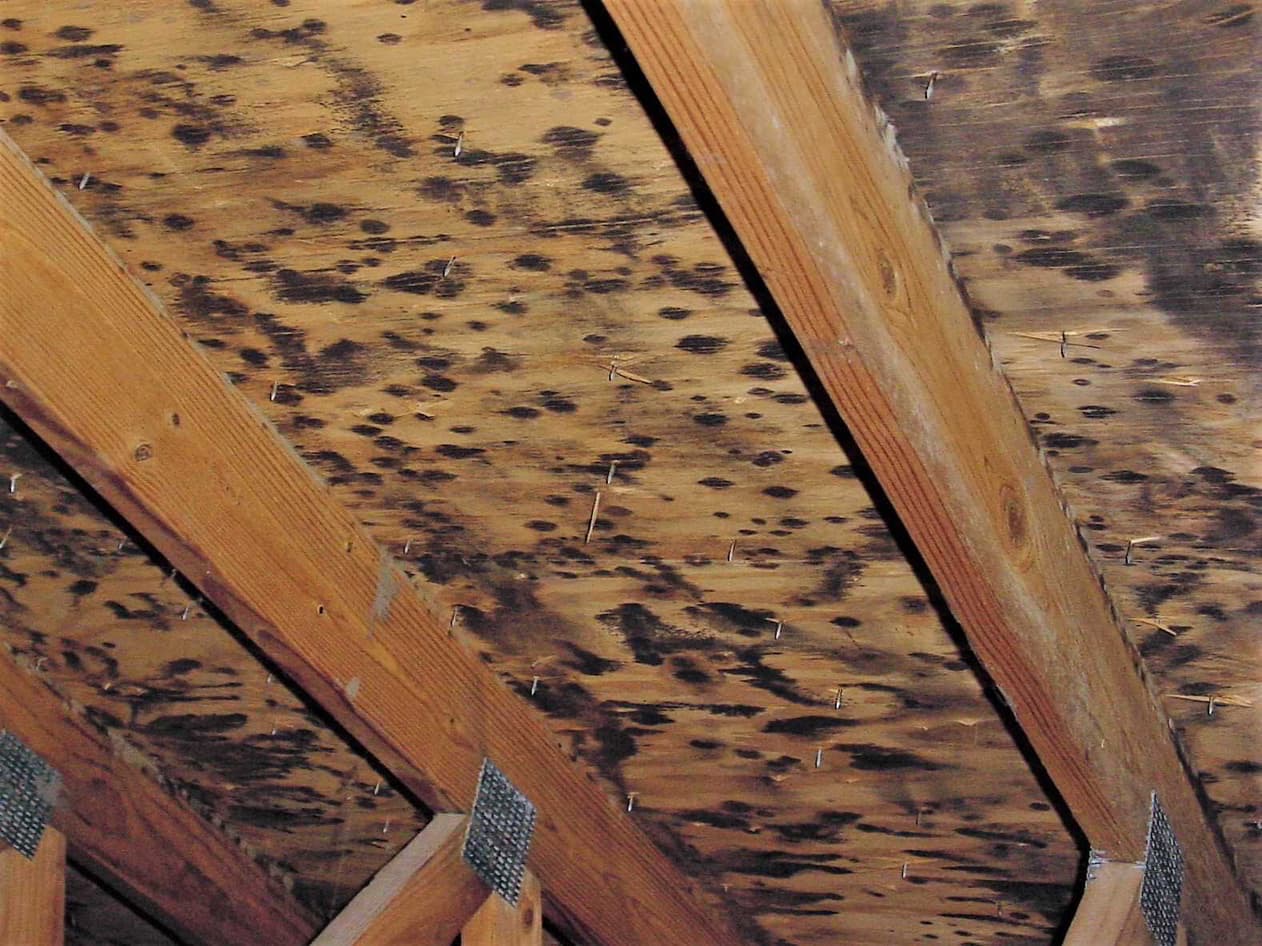
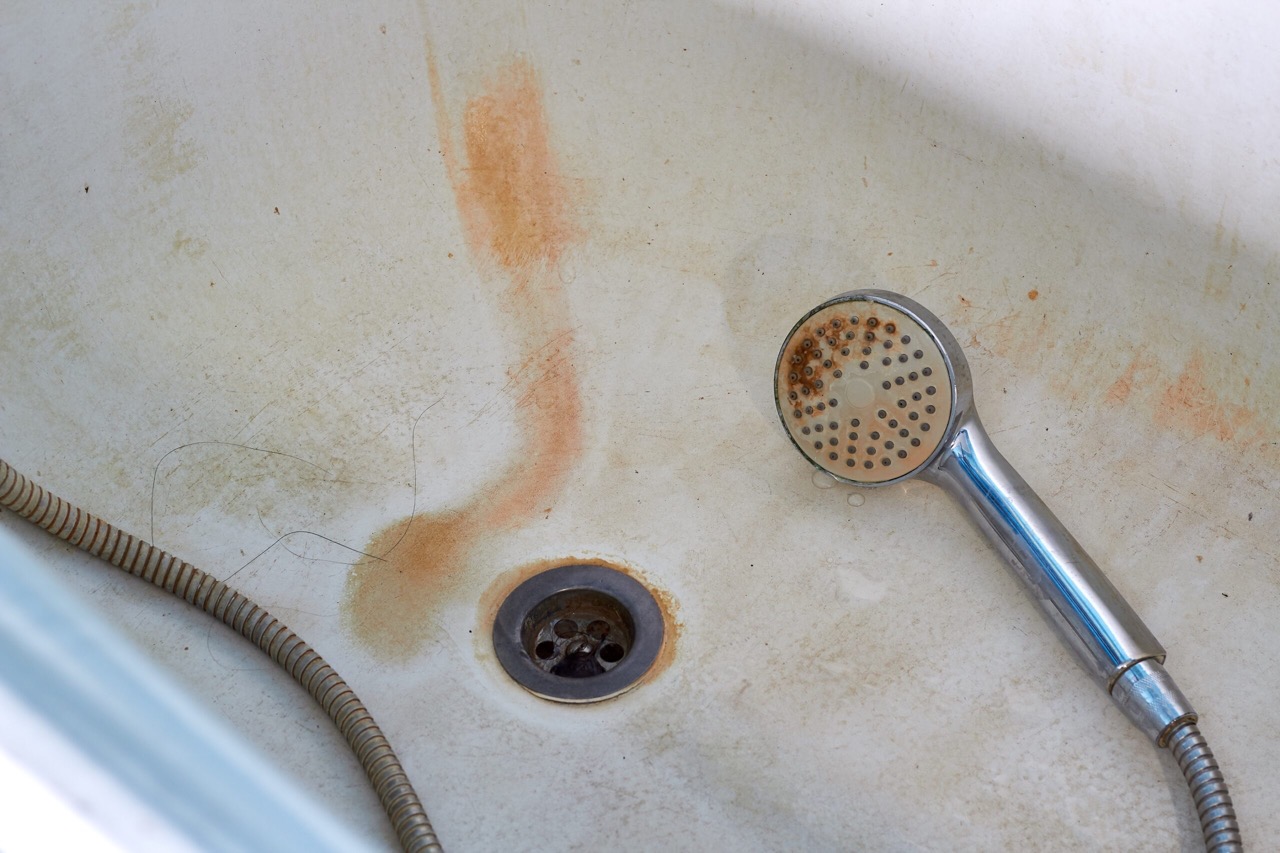
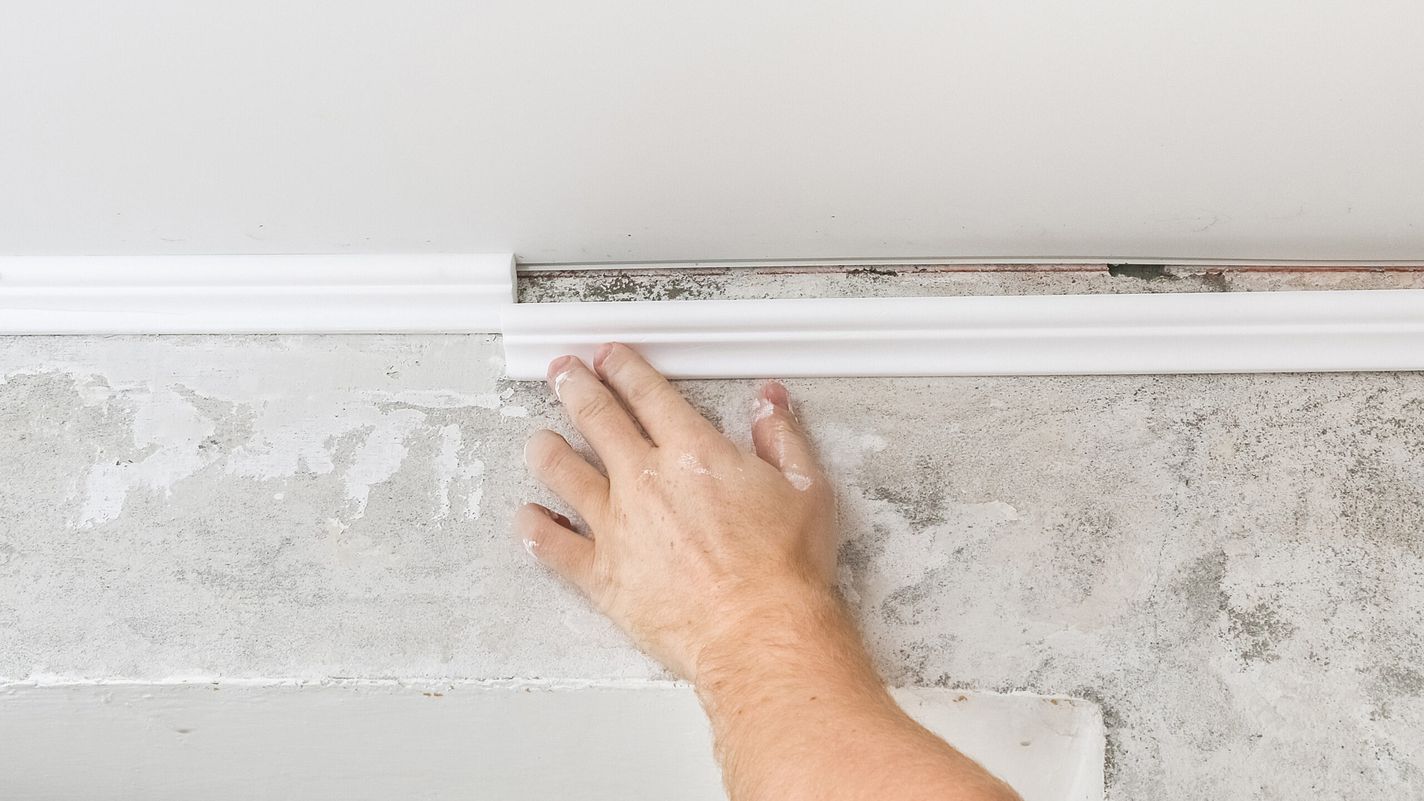
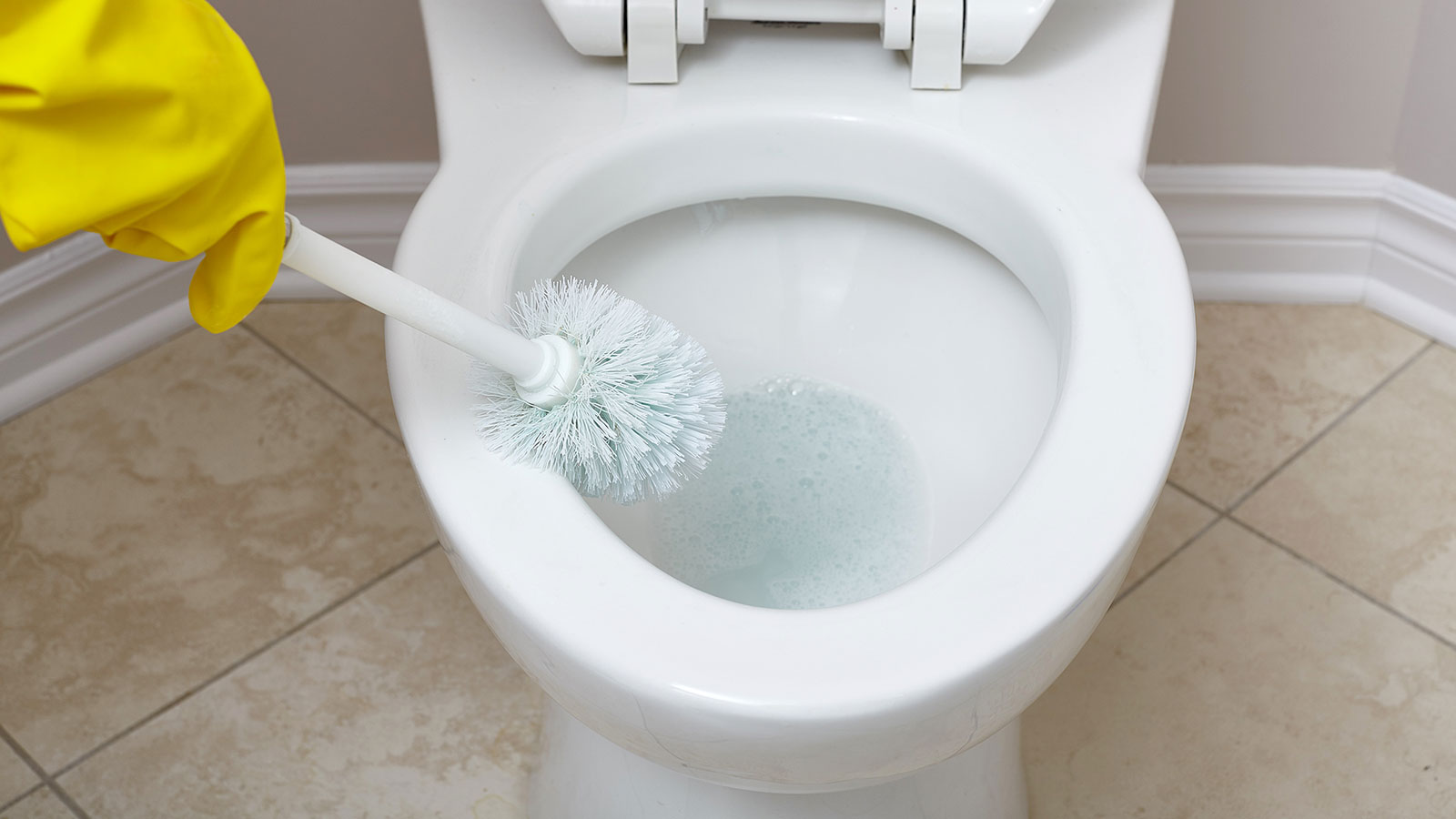
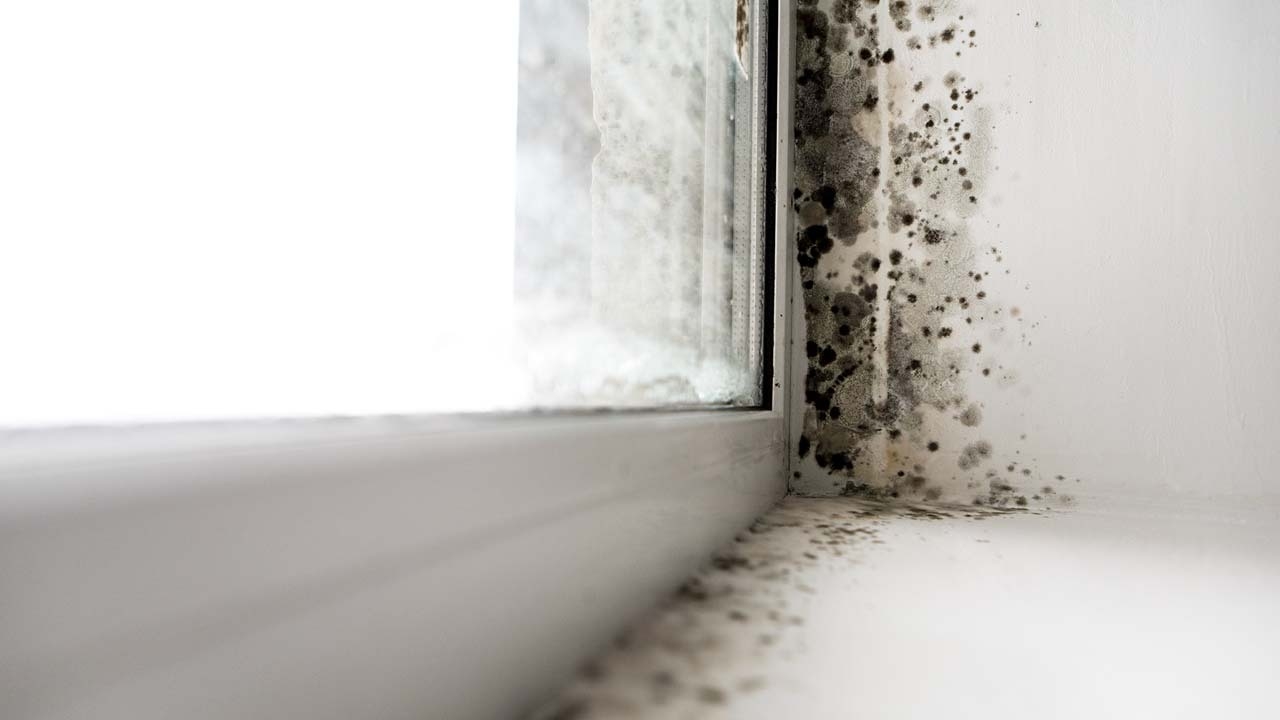
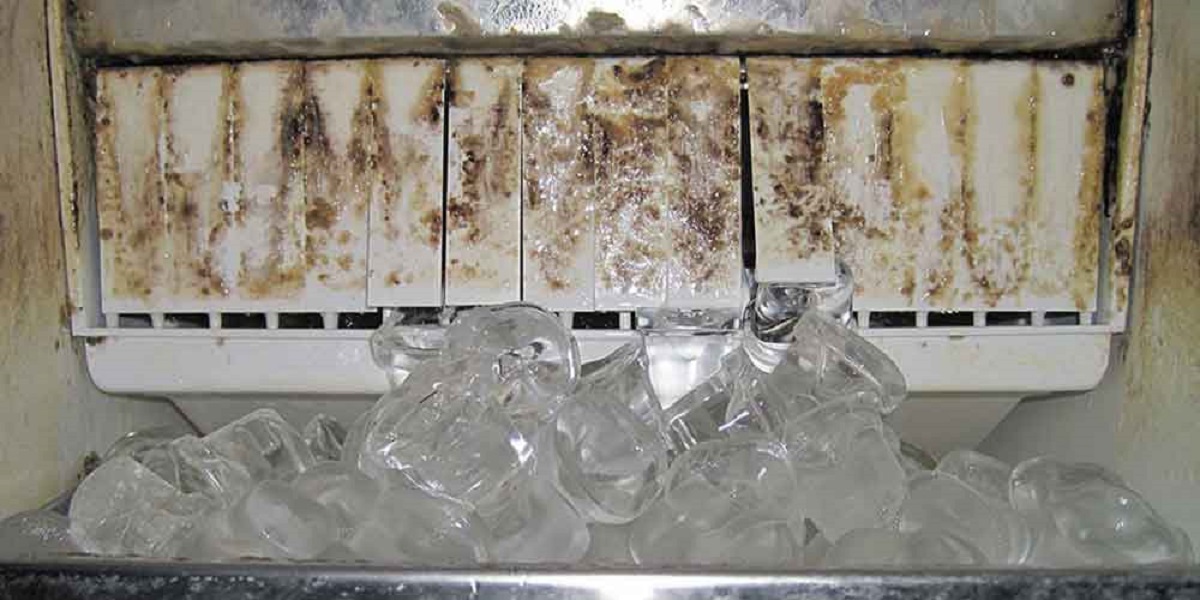
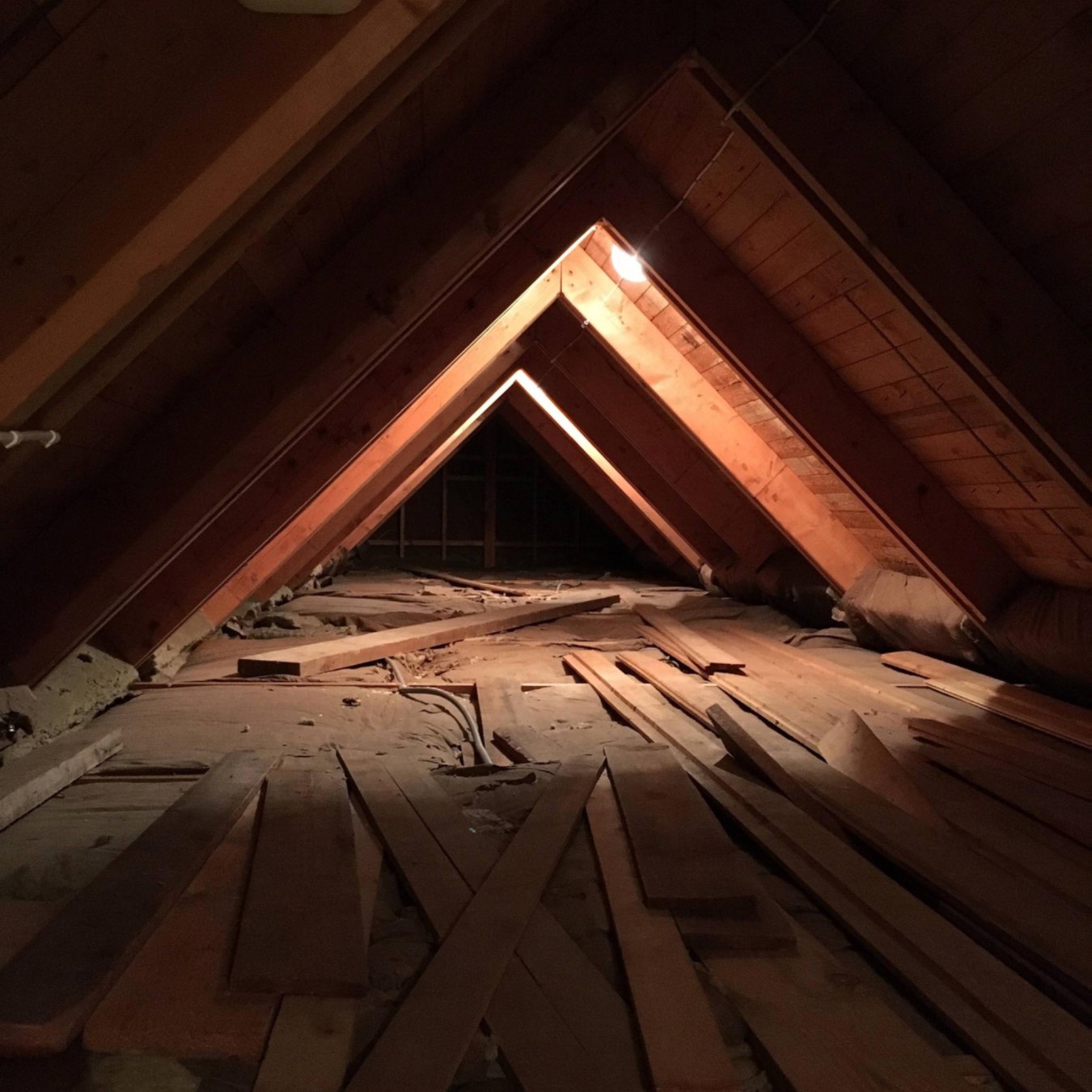
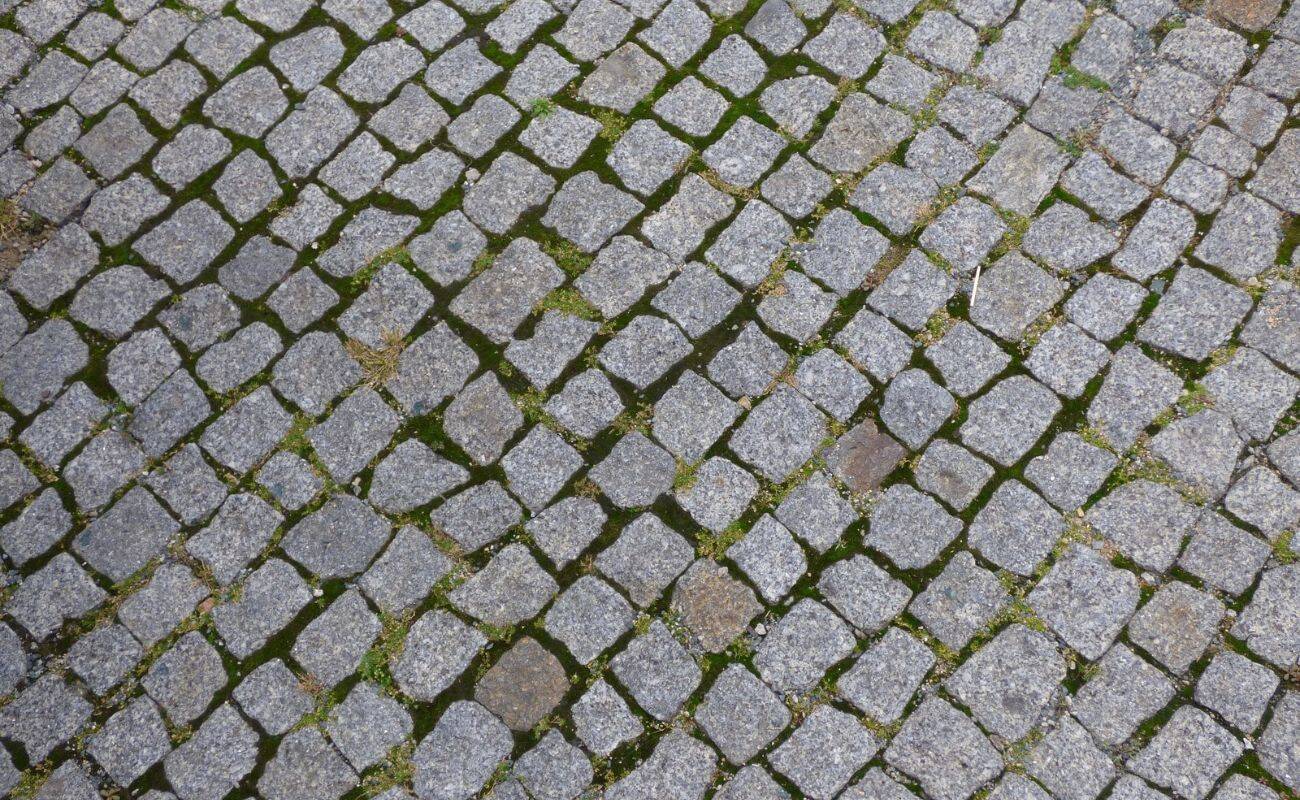
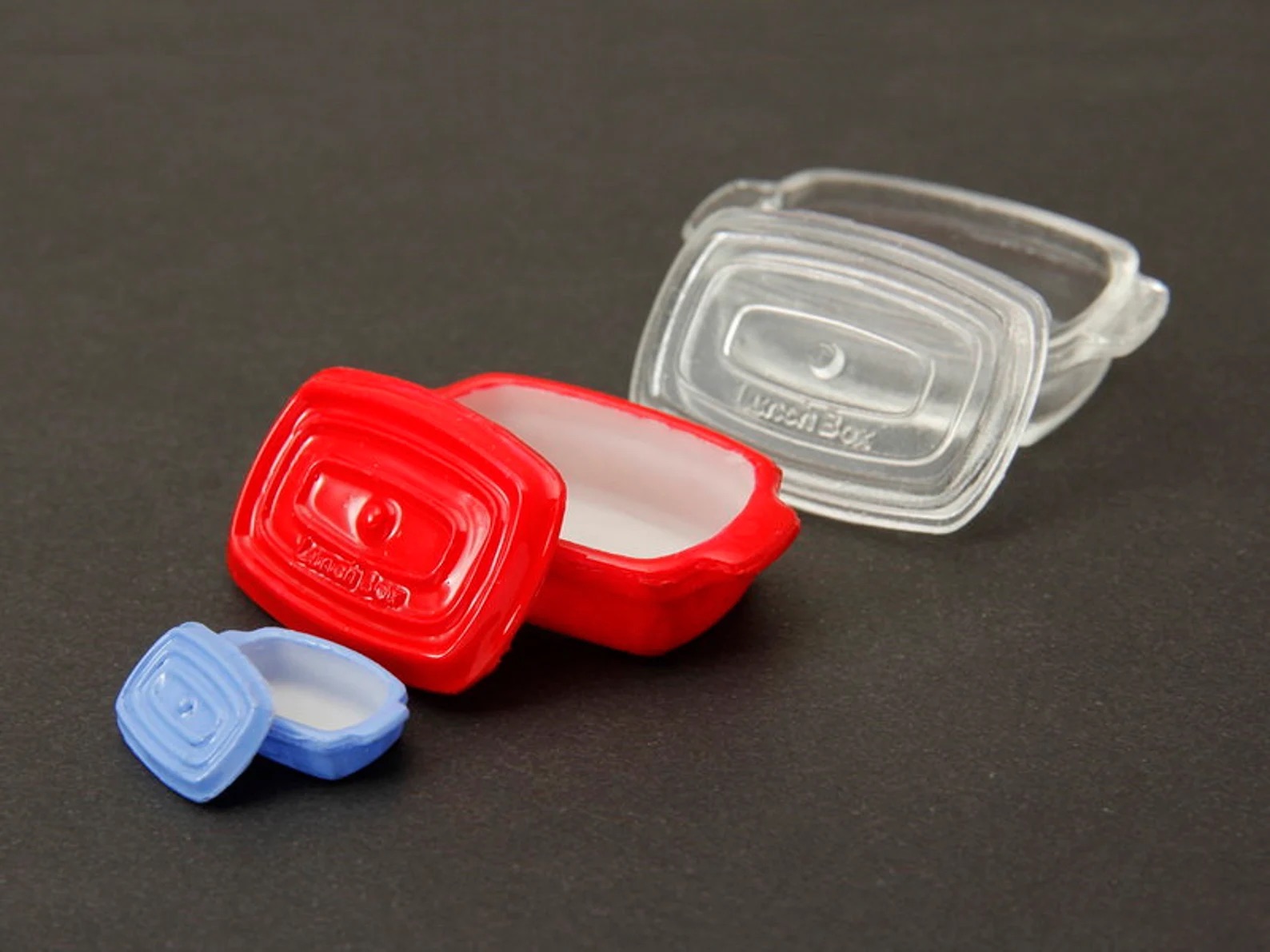
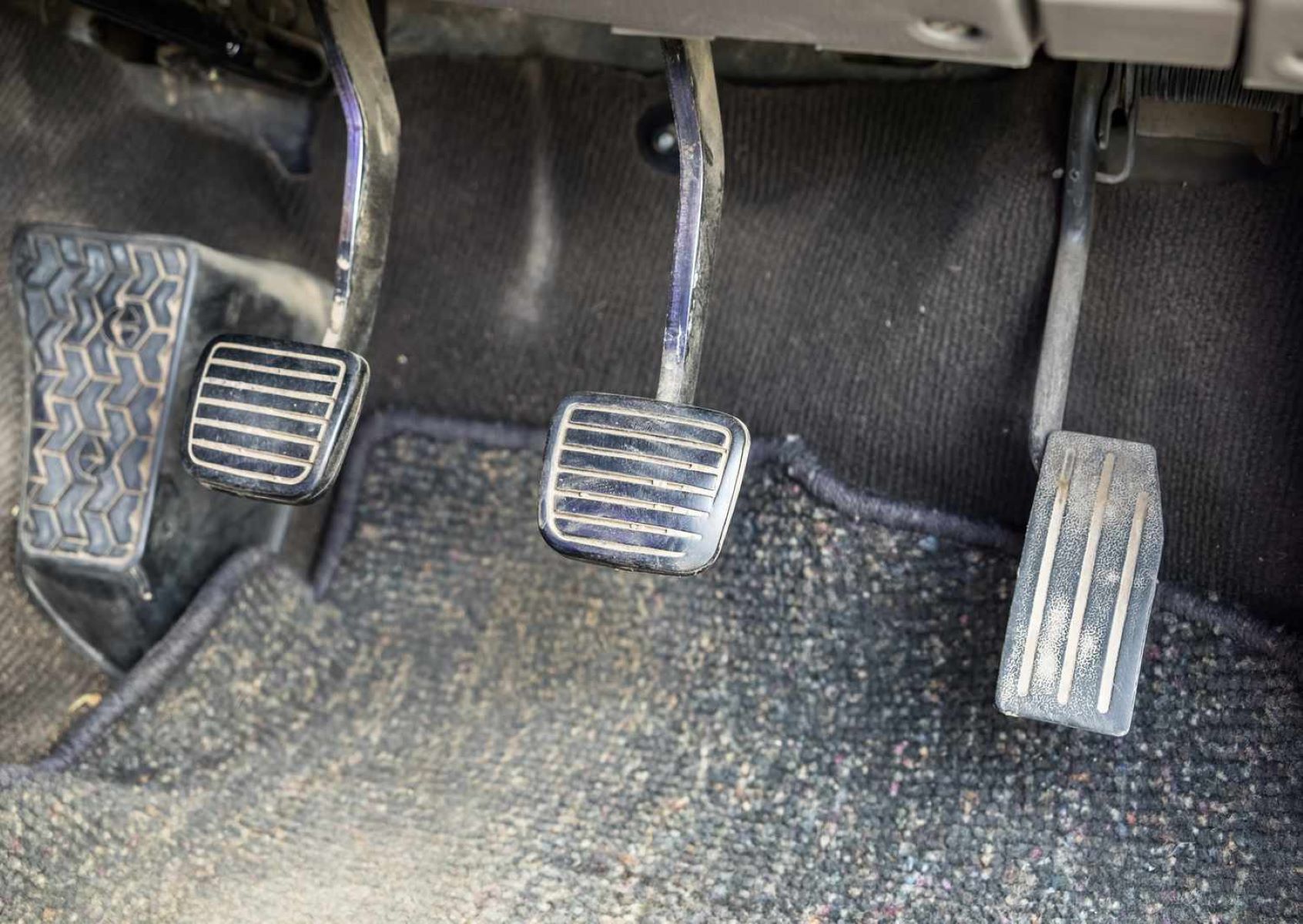

0 thoughts on “How To Remove Mold From Crawl Space Joists”